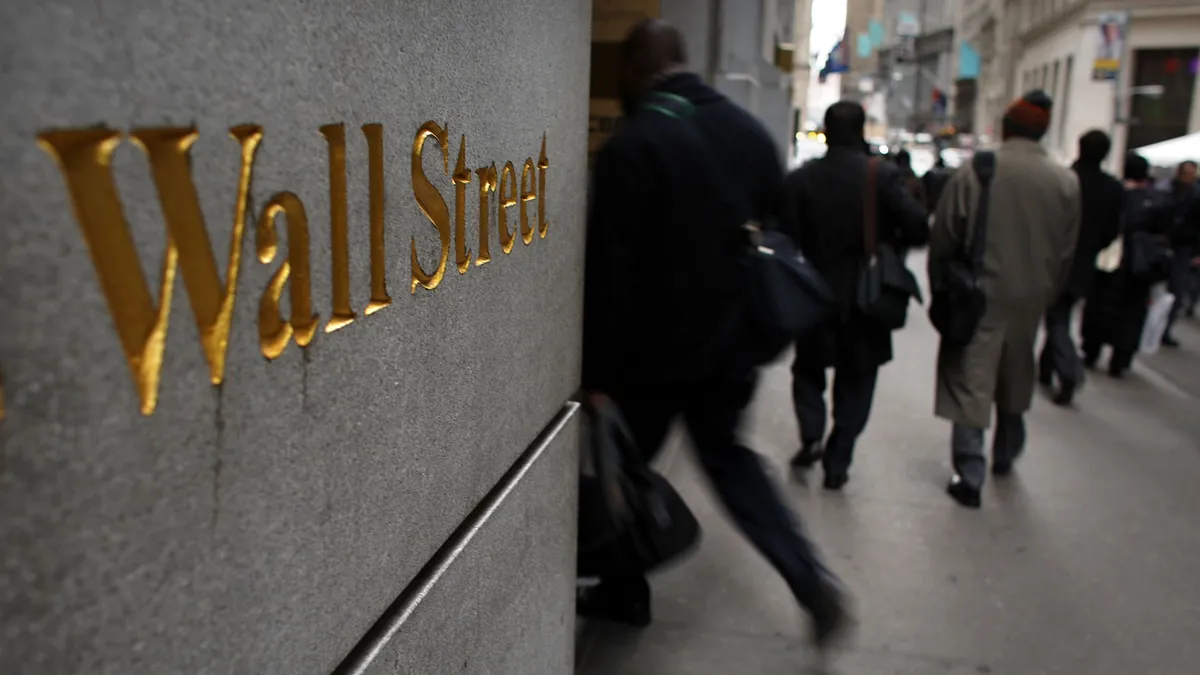Dive Brief:
- Becton Dickinson has put expansion into higher-growth markets at the center of its strategy, outlining plans to spend $2 billion a year on tuck-in M&A and to double sales from new products by 2025.
- Management discussed the plan at an analyst day on Friday that set growth targets through 2025. Over that period, BD is aiming to achieve a compound annual growth rate of 5.5% fueled by sales of "transformative solutions" such as smart connected care devices.
- Evercore ISI analysts said BD's targets and messaging were consistent with expectations, adding that the focus now is on management's execution of the strategy. J.P. Morgan analysts questioned why it is taking BD longer than its peers to return margins to pre-pandemic levels.
Dive Insight:
BD divided its business up in two at the analyst day. The "durable core" piece is a $14 billion business that provides established healthcare products and has a weighted average market growth rate of around 4%. BD is looking to the smaller "transformative solutions" operation for faster growth, tipping the $4 billion business to achieve 7% to 8% WAMGR over the coming years.
The term transformative solutions covers smart connected care devices, products that facilitate the provision of care in new settings and medical technologies that improve chronic disease outcomes. BD is confident it can claim a slice of the $10 billion in extra sales it foresees for the overall markets.
"These are markets we have the right to win in," BD CEO Tom Polen said at the event. "We've moved about 60% of our R&D spend and 80% of our M&A investment to transformative solutions. You can expect that this relative weighting will continue."
BD expects the M&A and internal R&D to contribute to growth in the coming years. The prediction is based on increased activity in each area. BD closed three deals and deployed around $200 million in 2018 and 2019. In 2020 and 2021, BD closed 13 deals and deployed close to $1 billion. The step up activity led BD to predict M&A will add $200 million to sales in 2022.
The M&A activity, which is supported by earlier-stage equity investments, is part of a push to grow sales from new products. BD is aiming to introduce more than 100 new products by 2025. The goal is for more than 25 of the products to generate annual sales in excess of $50 million, with a further 20 or so products bringing in $30 million to $50 million a year.
If BD delivers on its plans, incremental new product revenue will grow from $800 million this year to $1.7 billion in 2025. BD CFO Christopher DelOrefice told investors the company has already laid the groundwork for the growth.
"We are confident in these expected outcomes. It's based on work that was put into motion over the last two years and many of the programs have already accomplished key milestones," DelOrefice said. "This is a compelling shift and will be an impactful contributor to supporting our strong future growth."
Analysts at Evercore ISI said the messaging was "consistent with expectations and should serve to further instill confidence in BD getting back to its roots of steady execution." The ability of BD to get back to those roots will be a focal point in the coming quarters and years.
The team at J.P.Morgan has called BD out for sloppy execution on the bottom line after quarters in which it beat earnings per share but lowered forward outlooks. The analysts are questioning why it is taking BD longer than its peers to return margins to pre-pandemic levels and said "the key going forward will be management’s ability to execute."
BD closed its 2021 fiscal year, which ended Sept. 30, with $20.2 billion in revenue, growth of 18.3% on a reported basis compared to fiscal year 2020. In the company's pre-pandemic fiscal 2019, BD brought in about $17.3 billion in revenue.









